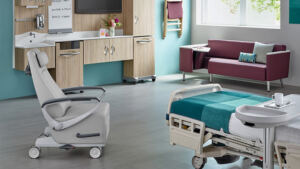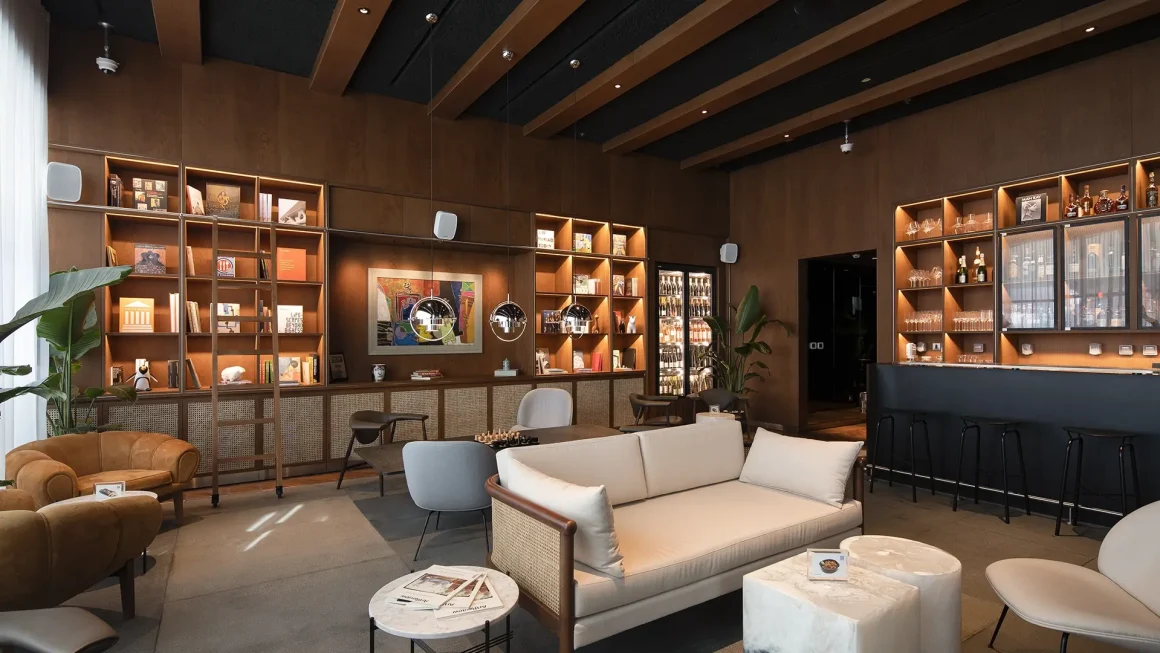When it comes to designing hospital furniture, ergonomics is a crucial factor that cannot be ignored. While most people may not think much about the design of hospital furniture, it plays a significant role in the well-being and comfort of patients, visitors, and healthcare professionals.
But what exactly is ergonomics? In simple terms, it is the study of how people interact with their environment and the tools they use. In the context of hospital furniture in Dubai, ergonomics refers to designing furniture that is comfortable and efficient for patients and healthcare professionals to use.
One might wonder why ergonomics matters in hospital furniture design. Here are some key reasons:
- Patient Comfort: Hospital stays can be stressful and uncomfortable for patients, especially those who are bedridden. Ergonomically designed furniture, such as hospital beds and chairs, can provide better support and promote proper body alignment, reducing the risk of pressure ulcers and other discomforts.
- Staff Productivity: Healthcare professionals often have to spend long hours attending to patients. With ergonomically designed furniture, they can perform their tasks more comfortably and efficiently, reducing fatigue and increasing productivity.
- Infection Control: Properly designed hospital furniture should be easy to clean and disinfect to prevent the spread of infections. Ergonomic furniture can have seamless surfaces and minimal seams, making it easier to maintain hygiene in a healthcare setting.
- Safety: Hospital furniture must meet certain safety standards to prevent accidents or injuries. Ergonomic design principles, such as rounded edges and anti-slip surfaces, can help minimize the risk of falls and other mishaps.
- Customization: Each patient has unique needs, and it is crucial to have furniture that can be adjusted according to their requirements. Ergonomic hospital furniture often comes with features such as height adjustment and tilting mechanisms, allowing patients to find a comfortable position without compromising their safety.
Ergonomics is not a one-size-fits-all approach, and it should be considered in every aspect of hospital furniture design, from patient beds to waiting room chairs. By prioritizing ergonomics, hospitals can provide a better experience for patients and healthcare professionals alike. So the role played by ergonomics in hospital furniture design is essential and cannot be ignored.



